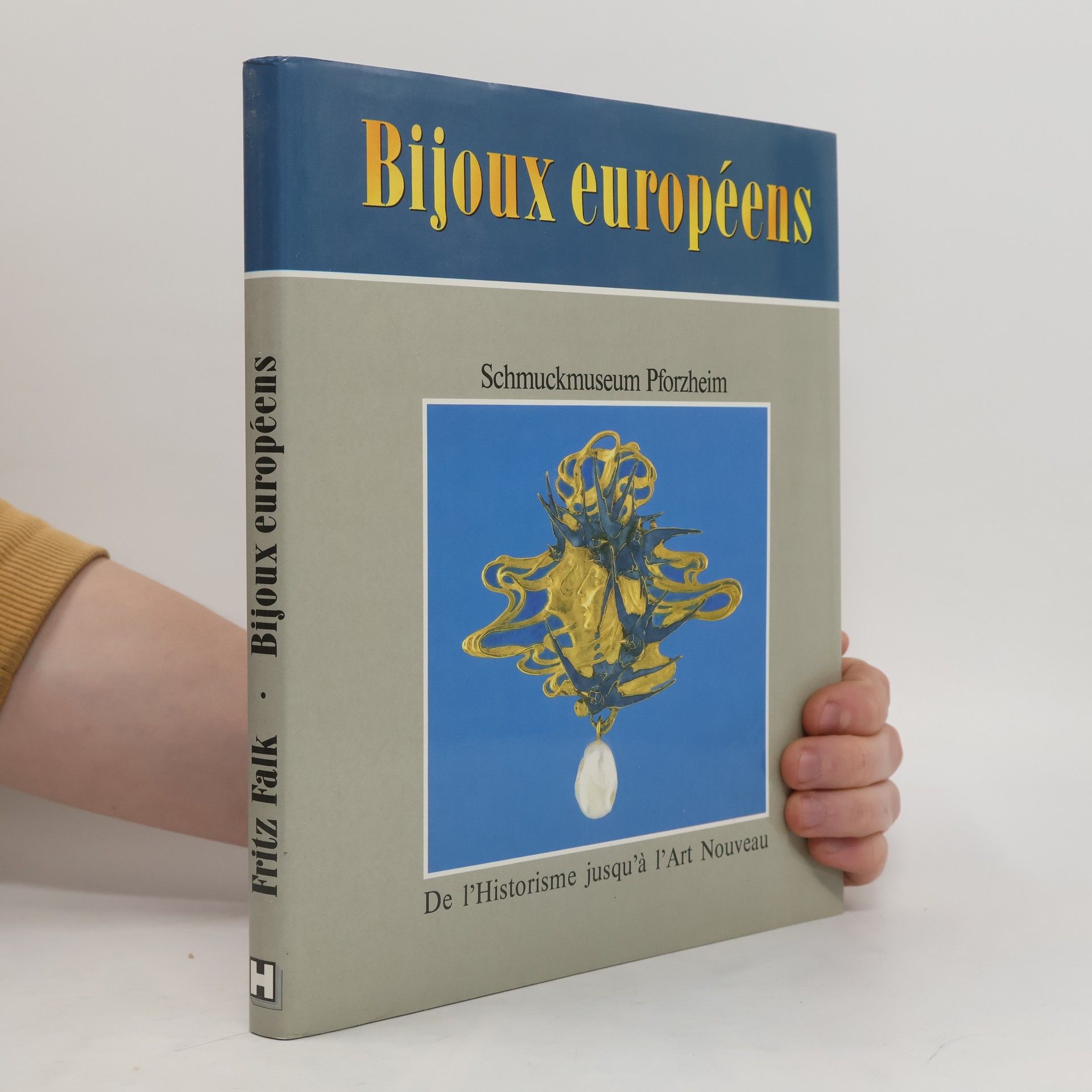Schmuckmuseum Pforzheim
- 128pages
- 5 heures de lecture
Clearly organised guide to all sections of the Schmuckmuseum Pforzheim with its unique collection of jewellery from antiquity to the present day. Includes much information and advice.






Clearly organised guide to all sections of the Schmuckmuseum Pforzheim with its unique collection of jewellery from antiquity to the present day. Includes much information and advice.
Features over 800 pieces of jewellery by almost 240 artists from 22 countries. Text in English and German.
A sweeping survey of a century of European jewellery. Presents selected gems from the vast collection owned by the Schmuckmuseum Pforzheim.
Jewellery and the universe are bound together not just in the Ancient Greek sense of the word ‘cosmos’; the sun, moon and stars invariably also found their way into representative forms of art jewellery around the world. While magical, mythological and religious references stood mainly at the forefront of ancient and non-European cultures, over the course of recent history it was on decorative grounds that jewellery pieces with cosmic motifs became so coveted. Whether Köchert in Vienna, Fabergé in St Petersburg or Lalique in Paris, the great jewellers of the nineteenth and twentieth centuries were all inspired by heavenly forms. Today, interest in celestial bodies remains unbroken among contemporary internationally celebrated jewellery artists. With his new, richly illustrated book, the long-standing head of the Jewellery Museum Pforzheim presents for the first time a comprehensive review on the star motif in jewellery – from Ancient Egypt to the present day.
Sünde und Versuchung, Klugheit und List, Tod und Unheil sowie Ewigkeit und Erneuerung – die symbolischen Bedeutungen der Schlange sind so vielfältig wie die Mythen, in denen sie eine zentrale Rolle spielt. Sie verführte Adam und Eva im Paradies, war im Alten Ägypten als Uräusschlange Symbol der Pharaonen und bewohnte als Midgardschlange das Weltmeer der germanischen Mythologie. In der griechischen Antike symbolisierte sie Heilkunst, während sie in Indien als Schlangen-Geist und in afrikanischen sowie mittelamerikanischen Kulturen als Gottheit verehrt wurde. Die Schlange hat die Menschheit seit jeher fasziniert und inspirierte zahlreiche Kunstwerke. Diese Publikation untersucht erstmals die Vielfalt der Schlange im Schmuck. Kaum ein Künstler oder Juwelier konnte der Versuchung widerstehen, dieses Wesen im Schmuck darzustellen. Die Beispiele reichen vom hellenistischen Schlangenarmreif über die glanzvollen Jugendstil-Kreationen von Lalique und Fouquet bis hin zu luxuriösen Arbeiten von Cartier und Fabergé. Auch zeitgenössische Schmuckkünstler und Schlangenmotiven aus Mexiko, den goldenen Akan-Schlangen in Ghana, indischem Schlangenschmuck und japanischen Netsukes sind vertreten. Die Verführungskraft der Schlange bleibt im Schmuck ungebrochen. Lassen Sie sich in ihren Bann ziehen!